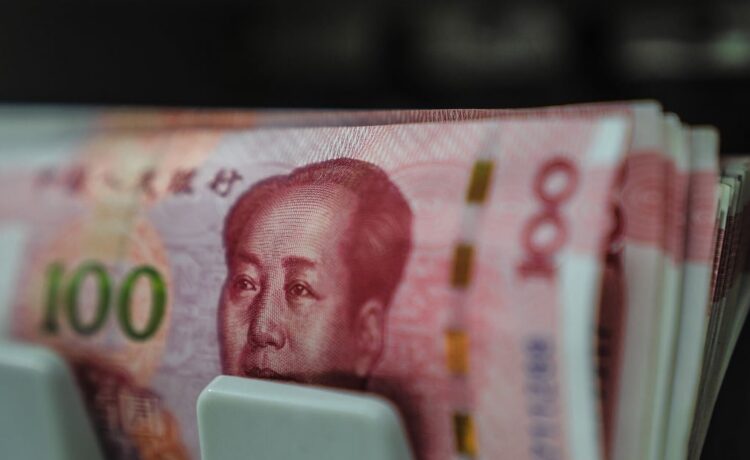Asian currencies are set to take divergent paths after a collective rally against the dollar, as investors navigate trade uncertainty and growth concerns about the world’s top two economies.
China’s yuan may appreciate beyond its current resistance of 7.20 against the greenback by some estimates, while South Korea’s won faces 1,380 per dollar as the immediate ceiling. Meanwhile, the Malaysian ringgit and Thai baht both may resume weakening, with India’s rupee eying support at 86.20 per dollar.
Some of the biggest beneficiaries of the dollar’s global decline were in Asia, chiefly the Taiwan dollar and the won, on expectations that their currencies may become part of the talks with the US. While broader themes such as US-China tension and the Federal Reserve’s outlook will keep exerting a heavy influence, individual trade negotiations, domestic monetary policy and geopolitics are set to make a difference.
“While the initial rally has been encouraging, we expect USD/Asia currencies to trend broadly higher in the medium term, with select exceptions,” said Shier Lee Lim, lead FX and macro strategist at Convera Singapore. “The outlook will ultimately depend on the pace of China’s recovery, global monetary policy shifts, and the sustainability of reduced trade frictions.”
Here are the key levels being watched for some of Asia’s currencies.
Chinese yuan
Goldman Sachs Group Inc. earlier this month lifted its forecast of the onshore yuan to 7.20 and 7.10 per dollar for the three and six-month periods, respectively, from 7.30 and 7.35 previously, citing yuan’s undervaluation on a real trade-weighted basis.
“I think they can afford to have some appreciation in return for more reasonable trade outcomes,” Kamakshya Trivedi, Goldman’s head of global foreign exchange and interest rates, said on Bloomberg TV. Trivedi also said gradual yuan appreciation could lead to investors using other regional currencies like the Korean won as proxies to express that view.
Allan Von Mehren, chief analyst at Danske Bank and Bloomberg’s top yuan forecaster in the first quarter, shares a similar outlook. “Some of the CNY weakness related to the trade war fears has clearly faded and I think we will see a bit more stability again in the USD/CNY cross,” he said, labeling 7.20 as a psychological level in the short-term.
Korean won
The won rose against the dollar for the third consecutive week, partly aided by news that the US and Korea discussed currency policy during talks earlier this month.
While improved bilateral engagement between the US and Korea has helped support the won, the pace of appreciation is expected to moderate as the initial boost from tariff reductions fades, said Convera’s Lim. Continuation of the current trend will hinge on global trade recovery that benefits export-driven economies, she added.
The won faces 1,380 as the next psychological level, according to Khoon Goh, head of Asia research at Australia & New Zealand Banking Group.
Ringgit and baht
Both the Malaysian ringgit and the Thai baht are set for reverting to losses later this year, according to Matthew Ryan, head of market strategy at Ebury Partners, who was Bloomberg’s top forecaster for the two currencies in the first quarter.
The ringgit may move toward 4.3 per dollar by the end of the current quarter, followed by 4.5 by the end of this year, as it may be challenging for Malaysia to strike a favorable deal with the US partly given its close trade ties with China, Ryan said.
For the baht, Thailand’s high exposure to both China and the US and markets’ underpricing of local interest rate cuts point to further weakness, Ryan said, citing 35 per dollar as the next psychological support level.
Indian rupee
India’s currency also faces downward pressure, given the lingering uncertainties over the recent border conflict with Pakistan and expectations for further local monetary easing.
The dollar/rupee’s immediate resistance is at 86.20, according to Kunal Sodhani, vice president at Shinhan Bank, adding that if the level is “convincingly broken” the next target would be 87.
Dhiraj Nim, currency strategist at ANZ, sees the rupee reach 86 by the end of this year, citing factors including “a deeper rate cutting cycle than previously thought.”
©2025 Bloomberg L.P.





